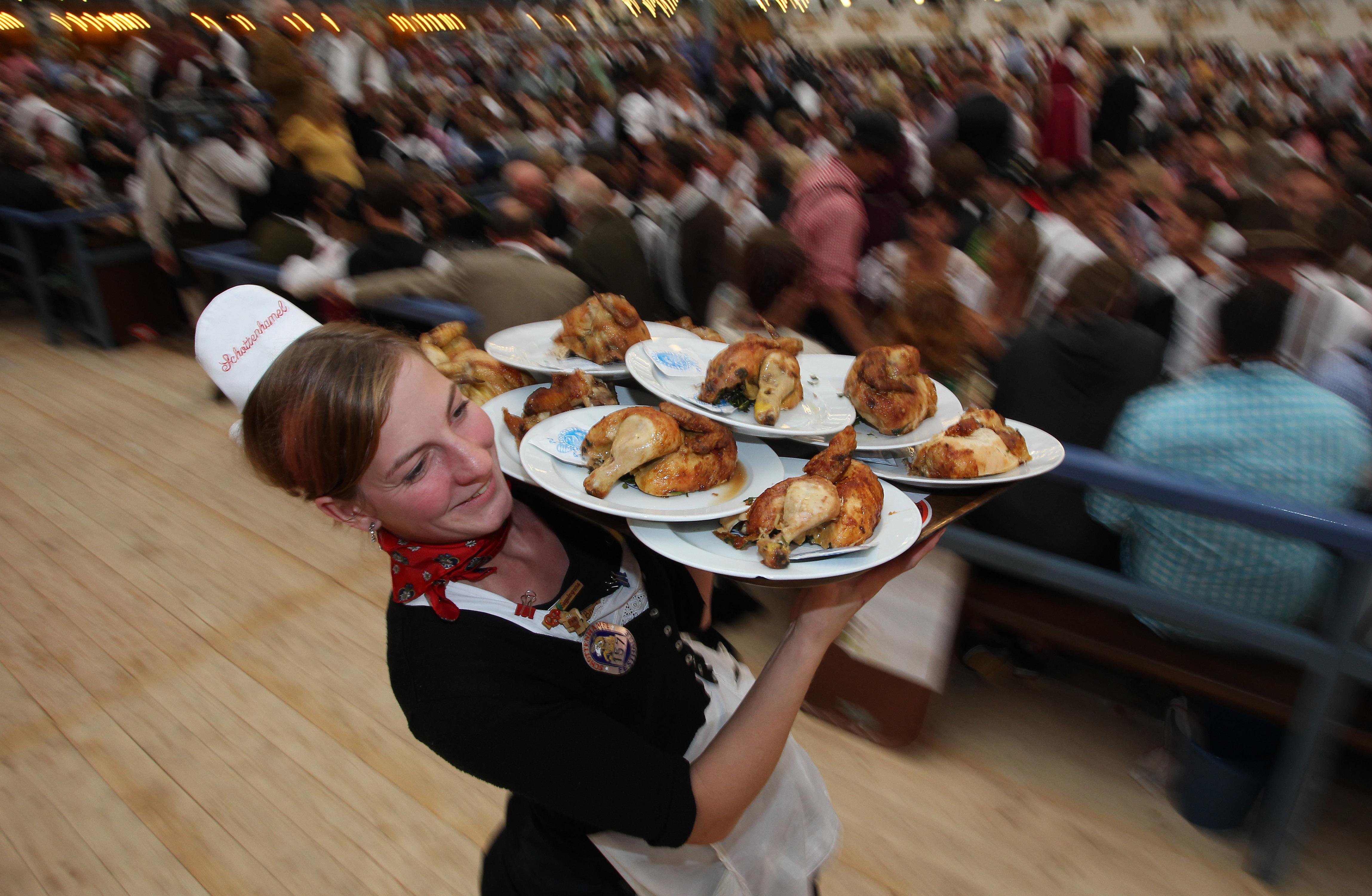In what will come as no shock to any woman who has waited tables or tended bar, a new report on sexual harassment in the restaurant industry has found that 90 percent of female restaurant workers have experienced sexual harassment on the job. Worse, it comes at them from all corners: According to the report, commissioned by the restaurant worker advocacy organization Restaurant Opportunities Centers United and the social justice group Forward Together, two-thirds of women in the field reported being harassed by managers, 69 percent experienced sexual teasing or lewd comments from co-workers, and 78 percent reported harassment from customers. More than half of the women who reported sexual harassment said it occurred on at least a weekly basis.
Customers are a particular problem for female workers, especially ones who work for tips. After all, their job is to be accommodating and pleasing, and creepy men take full advantage of the situation: 43 percent of women reported being pressured for dates from customers, 35 percent reported that the harassment became physical with deliberate touching or pinching, and 17 percent said it escalated to kissing or groping.
Management is unlikely to help much, either, as the idea that female restaurant workers are there to sexually entertain male customers is deeply ingrained in restaurant culture. (Plus, managers and owners themselves were often participating in the harassment.) Nearly 9 out of 10 tipped workers in the industry have to wear uniforms to work, and workers report that the women’s uniforms are more suggestive than the men’s three-quarters of the time. Twenty percent of female workers reported being told to “look sexy” by their bosses, and 17 percent were expected to flirt with customers. “Yeah … when you walk in and it’s like all male bartenders and all female cocktail servers,” explained one Houston worker in the report, “and all the men are wearing comfortable shoes, slacks, and a button-up shirt, and all the girls are wearing like corsets … and we had to wear pencil skirts [or] shorts, no pants. And we had to wear at least an inch heel shoes.”
Men experience sexual harassment in the industry, too, but that harassment is more likely to take the form of prodding questions about their sexual orientation instead of groping, come-ons, or demands that they dress “sexier.” And trans workers in particular were targeted with this type of harassment: They were three times as likely as cis workers to receive harassing comments about their sexuality or gender identity from managers; in a focus group conducted to learn more from their smaller sample, trans restaurant workers also reported inappropriate groping, touching, and even outright firing over their identities.
Whether the abuse comes from a boss or a customer, workers don’t feel comfortable reporting it. Two-thirds of women said they feared the situation would worsen if they reported harassment from managers, and 70 percent feared the same if they reported customers. So 63 percent of women said they simply ignore it when customers harass them. Attention, men who pester their baristas for dates: If she smiles and looks away, it’s not a sign of shyness; she just has no other recourse for dealing with you.
According to the Department of Agriculture, 43 percent of food spending is now on restaurant food, up from 26 percent in 1970. Americans have become quite dependent on these folks to feed us, and they don’t get paid very well to do so. The least we can do is work to make sure their workplace isn’t a constant barrage of uncomfortable or even frightening encounters with opportunistic creeps.
